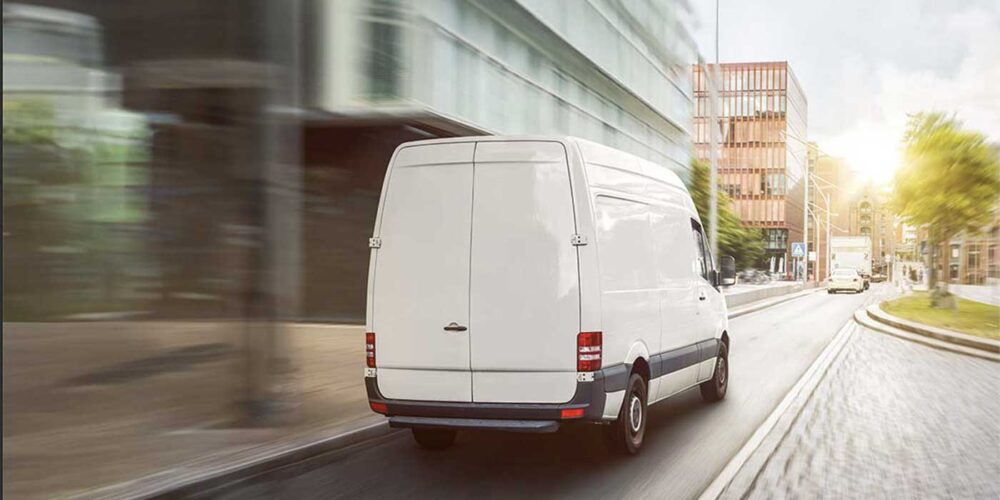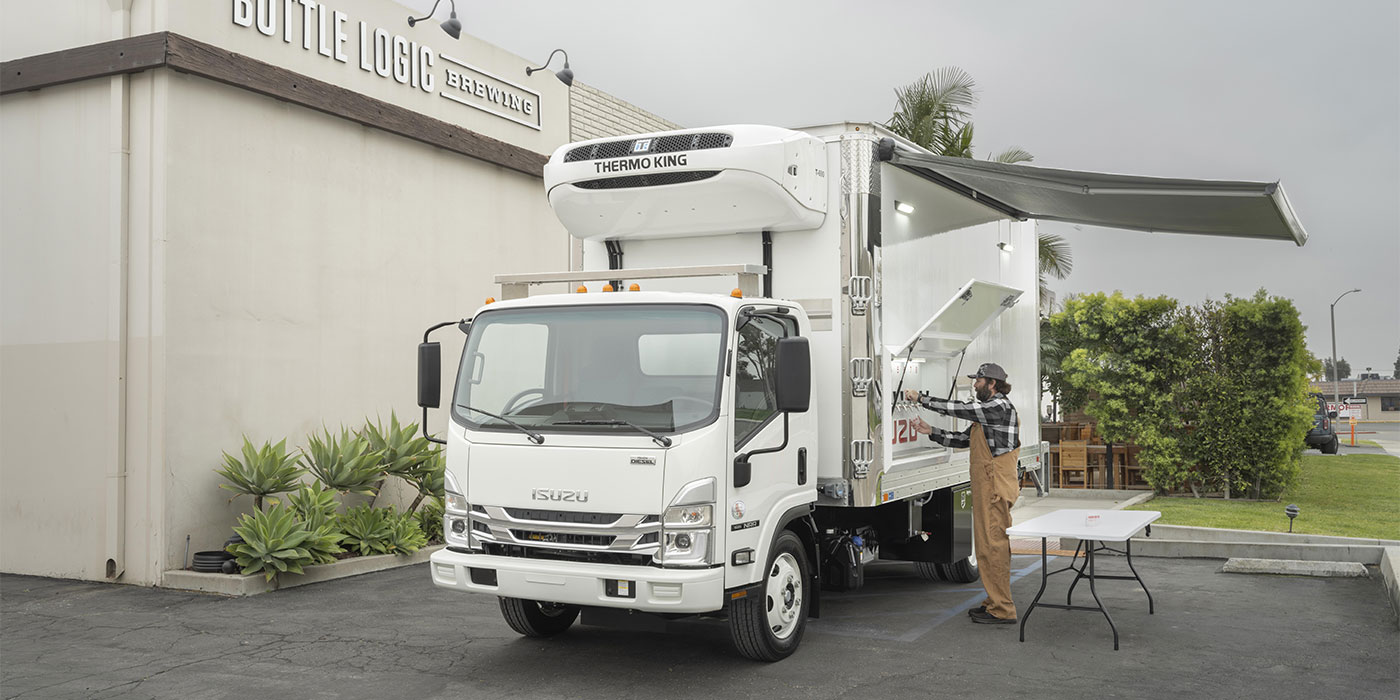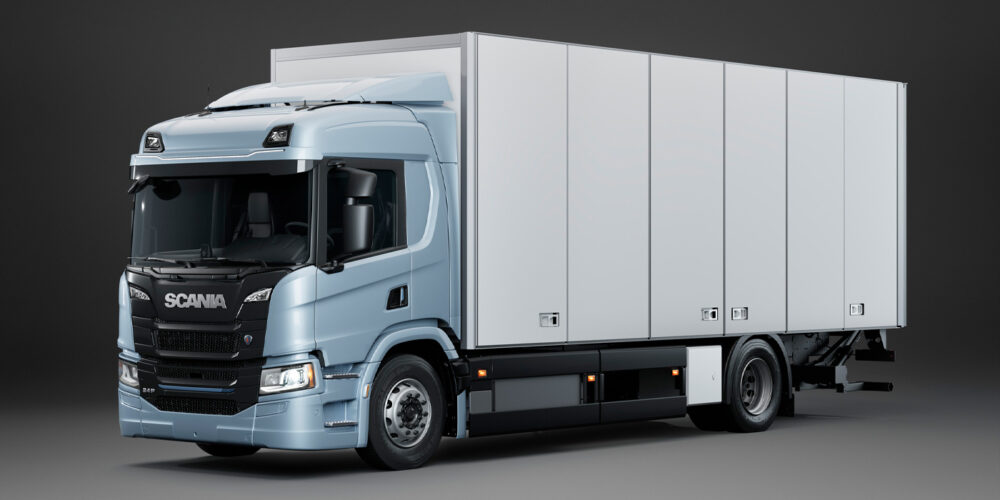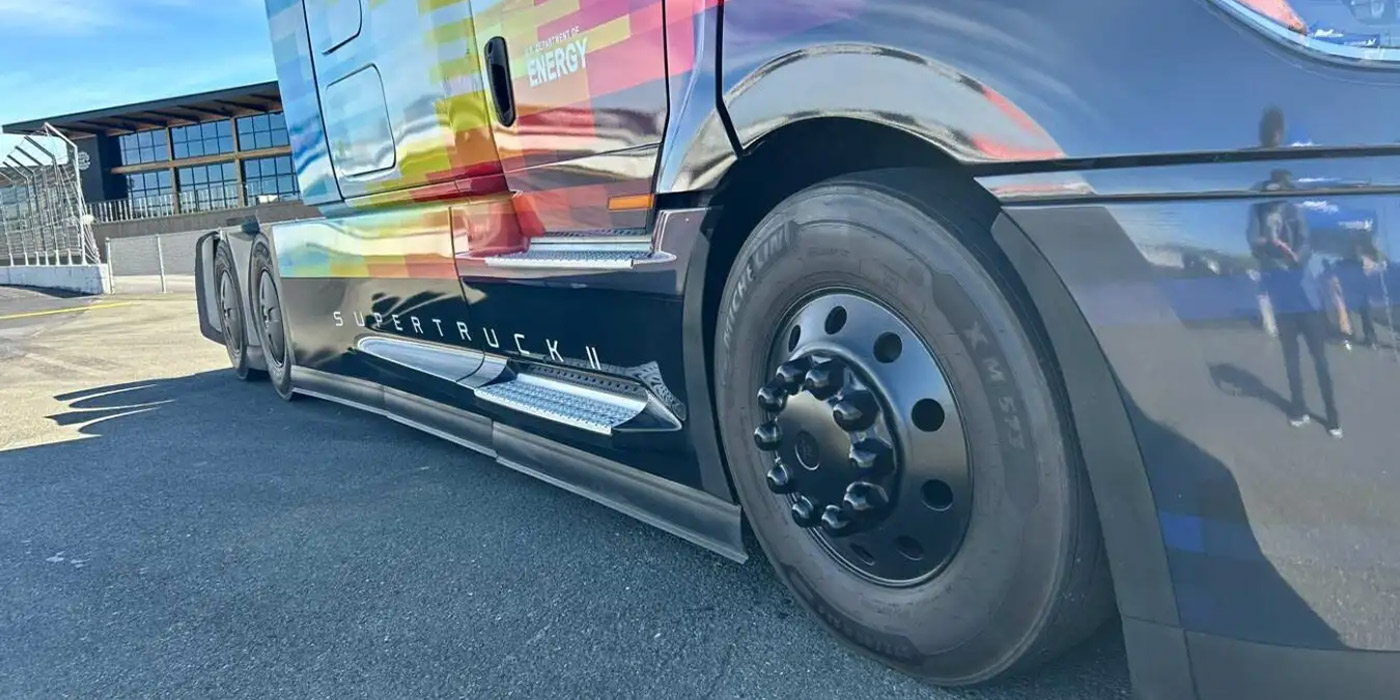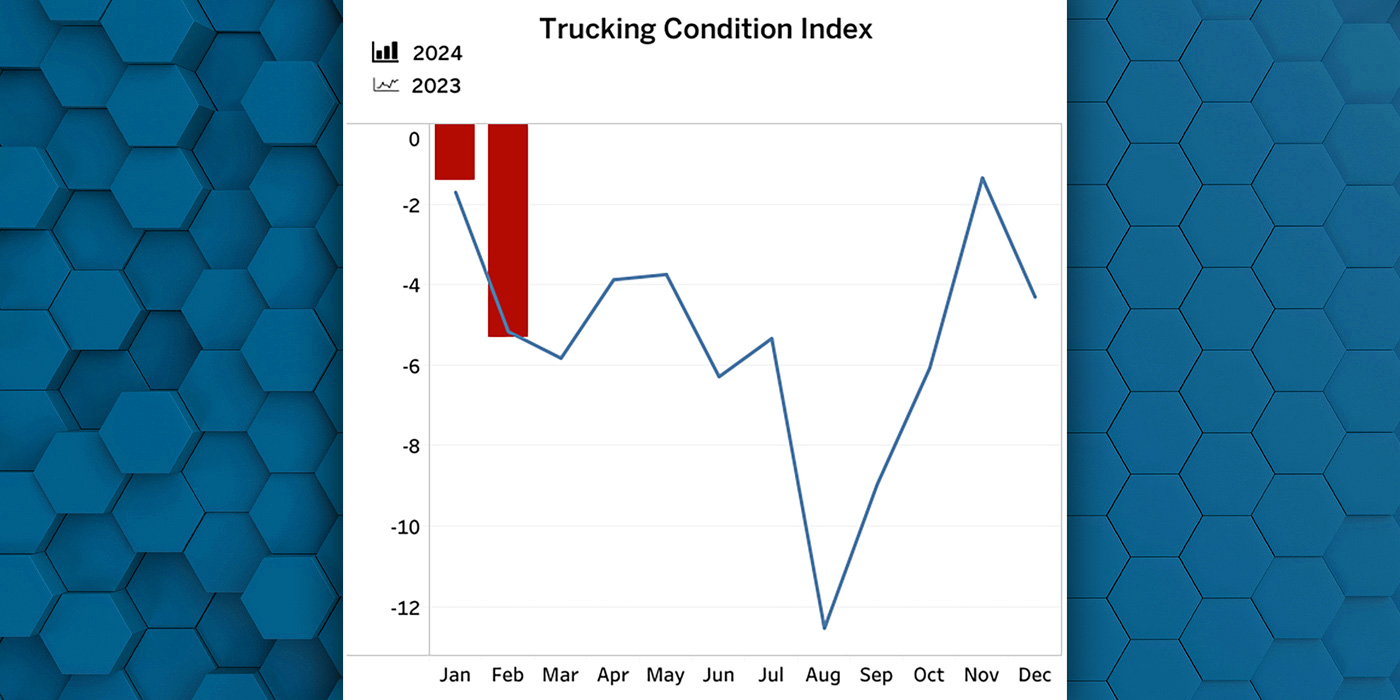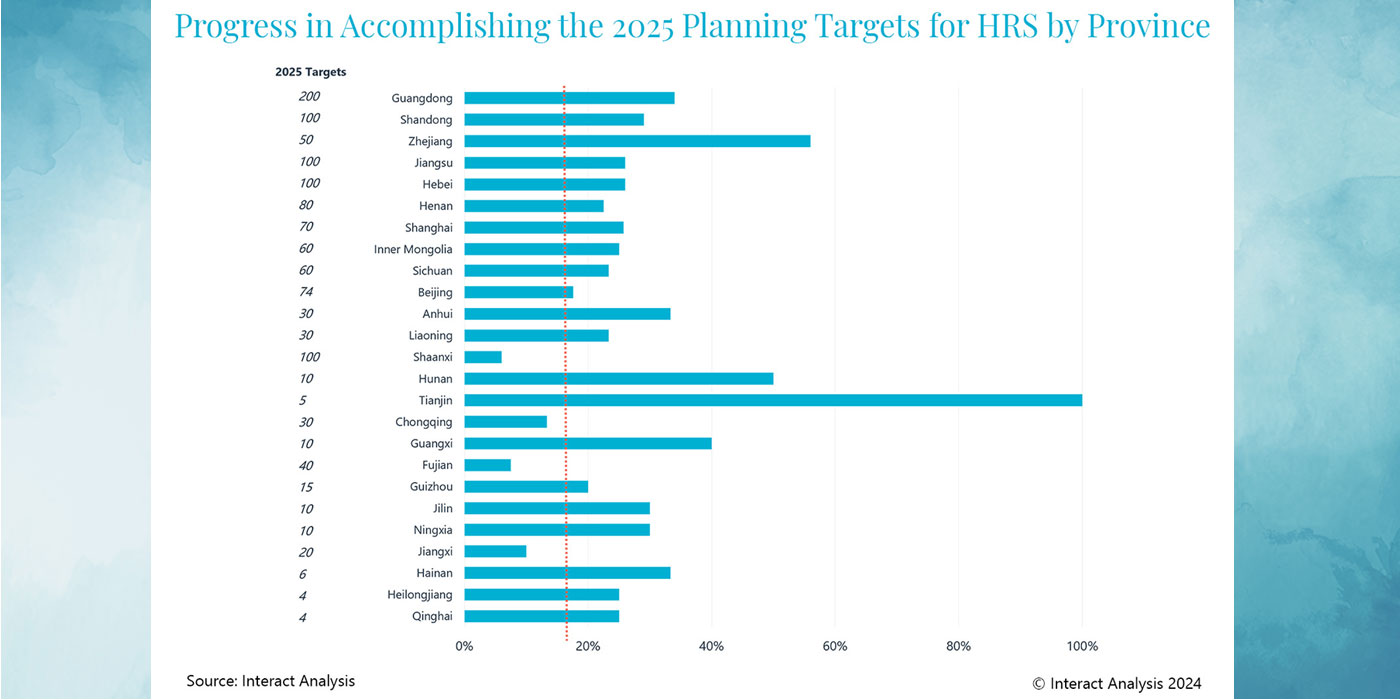According to new analysis from S&P Global Mobility, the U.S. commercial vehicle market in 2023 experienced substantial growth and is up 14% year-over-year, with more than 1.6 million new vehicles in the Class 1-8 GVW registered in 2023. S&P adds that more importantly, new analysis and insights into the commercial vehicle upfit market show that over 45% upfitted vehicles are currently being used as service/utility vehicles or as dry freight vans, according to new commercial vehicle registrations in 2023.
S&P added a new, proprietary methodology to incorporate data from WorkTruckCert and other resources into its commercial vehicle solutions, which the company says allows for statistical analysis and aggregated modeling to identify the end use for a commercial vehicle. More than 5 million vehicle registrations have been analyzed by S&P, covering new registrations dating back to 2007 and including commercial vehicles dating back to model year 2000, primarily straight trucks and incomplete pickups, in GVWs 2-8. The data attributes available capture details at the make and model level, fleet name, city, state and zip, among others.
“This solution is the first of its kind in the U.S. market to provide this type of analysis and insight to the trucking industry using this level of detail,” said Mark Hazel, associate director of commercial vehicle reporting at S&P Global Mobility. “We’re excited to share the findings and analysis from these new offerings with the industry and look forward to additional insights we might glean.”

